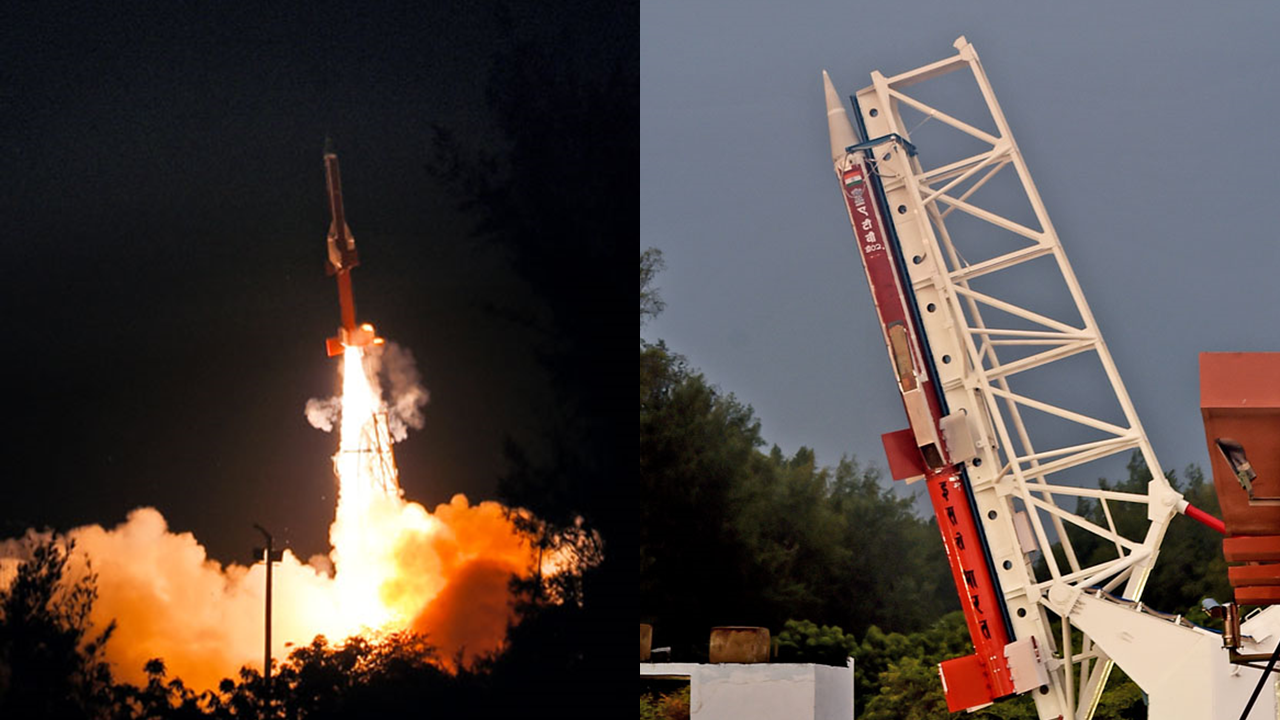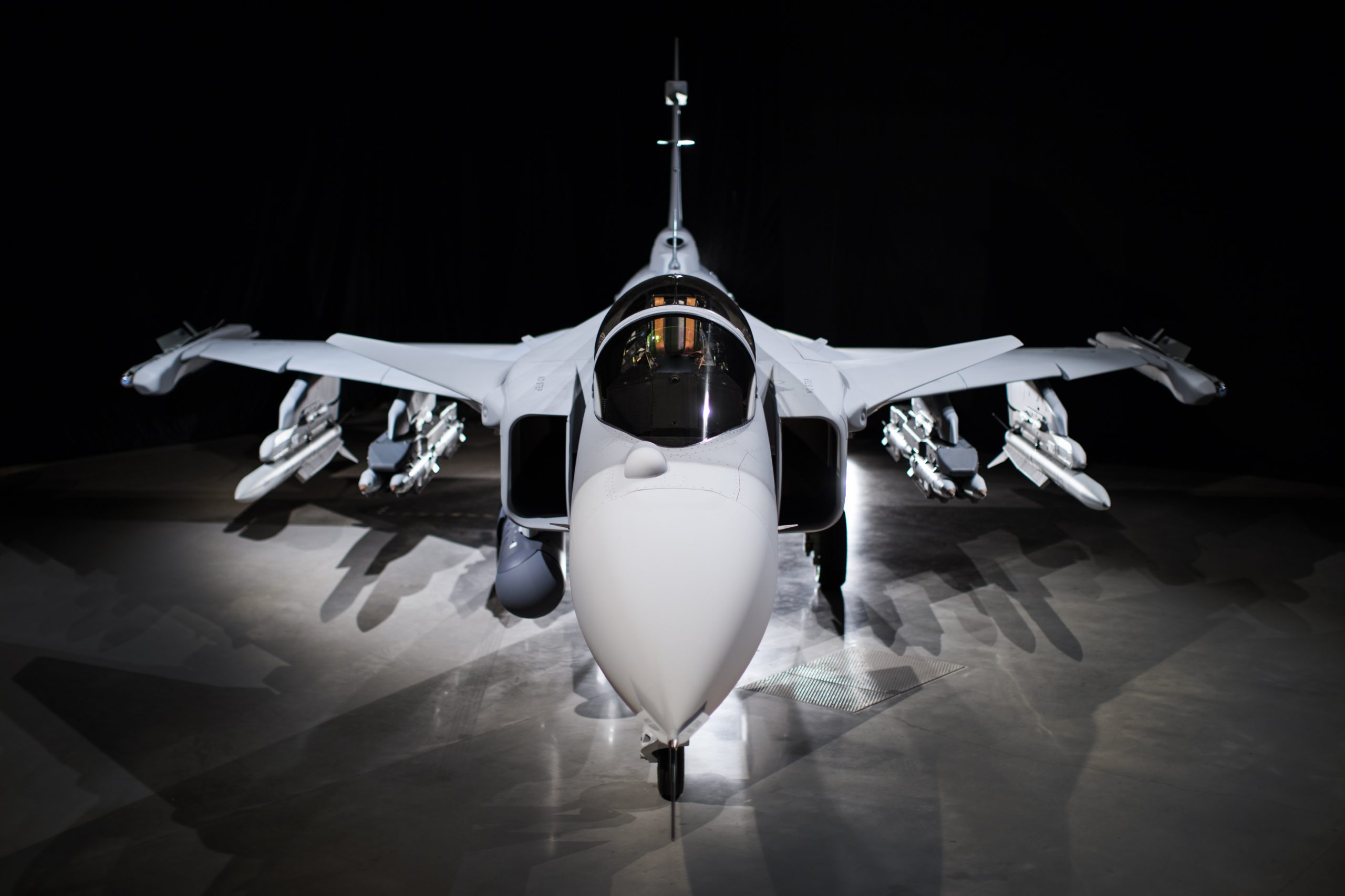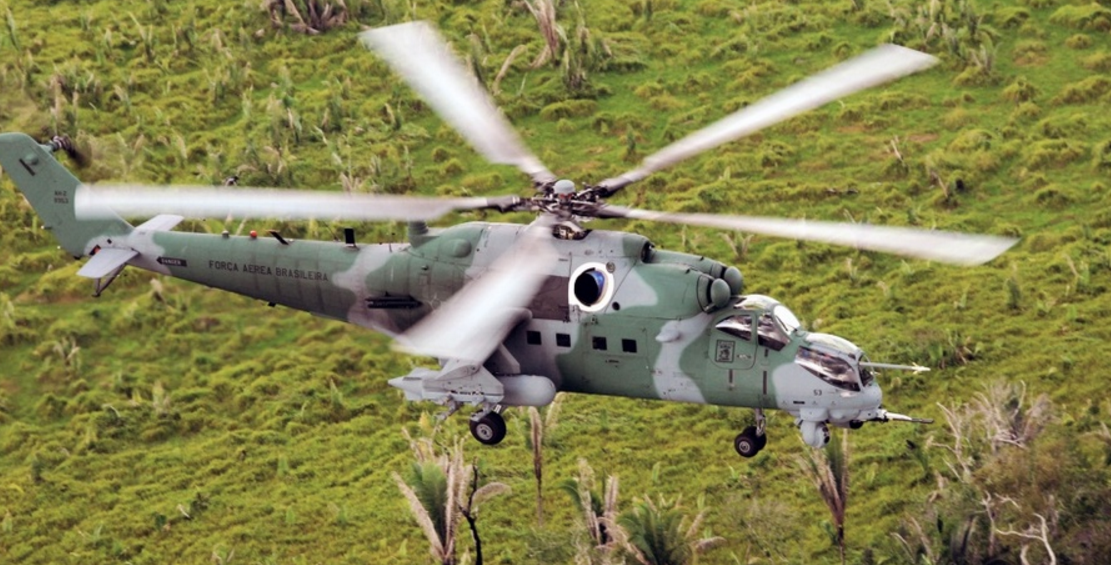339Views 8Comments

India test launches scramjet engine
Yesterday (August 28, 2016), the Indian Space Research Organization (ISRO) successfully test-launched its indigenously developed scramjet engine (ISRO).
The test was conducted from ISRO’s Satish Dhawan Space Centre in Sriharikota, Andhra Pradesh. After a 12-hour countdown, the scramjet engines lifted-off at 0600-hours local time.
The following are key details from ISRO’s press release:
“The important flight events, namely, burn out of booster rocket stage, ignition of a second stage solid rocket, functioning of Scramjet engines for 5 seconds followed by burn out of the second stage took place exactly as planned.
With this flight, critical technologies such as ignition of air-breathing engines at supersonic speed, holding the flame at supersonic speed, air intake mechanism and fuel injection systems have been successfully demonstrated.
Today’s test was the maiden short duration experimental test of ISRO’s Scramjet engine with a hypersonic flight at Mach 6. ISRO’s Advanced Technology Vehicle (ATV), which is an advanced sounding rocket, was the solid rocket booster used for today’s test of Scramjet engines at supersonic conditions. ATV carrying Scramjet engines weighed 3277 kg at lift-off.”
Notes, Comments & Analysis
Although ISRO’s scramjet test was primarily aimed at examining the success of its core technologies, such as the ignition of the scramjet’s air-breathing engines at supersonic speed or the fuel-injection systems, the platform itself has immense – and strategically significant – potential.
Scramjet – short for “supersonic combusting ramjet” – is a very high-speed propulsion system. It depends on an initial launch system, such as a solid-fuelled rocket, to propel the scramjet-powered aircraft into the air such that the scramjet’s air-breathing engine can rapidly take in the incoming air, which will pass through as exhaust during a sustained high-speed (potentially hypersonic) flight.
The test is an important step, not only for India’s strong and increasingly prominent space program, but also the looming development of hypersonic munitions. In fact, the U.S.’s X-51A Waverider hyper-glide vehicle (HPV) utilizes a scramjet engine. It is important to understand that the value of the HPV does not purely rest in its speed (which can be attained by rockets as well), but the fact that it is an engine that is pushing the object through the sky. This imbues the aircraft with valuable capabilities such as atmospheric maneuvering (and that too at supersonic or hypersonic speeds).
India is now among a handful of countries – along with the U.S., Russia, European Space Agency, and potentially China – in possession of scramjet engine technology. ISRO’s system utilizes hydrogen for fuel. Besides military applications, the technology will also form the foundation for increasingly efficient and affordable space launch vehicle development. India will be able to scale the research and development investment across a large number of civil and defence applications.



8 Comments
by MT
scramjet is perfectly dual use technology. Isro had developed the 1st version in 2005(tested in 2010) which had low specific impulse with mach 6 speed (low hypersonic capabilities) & 6 second stable combustion
This version ATV-2 scores high on Isp so it can reach mach7-8 and burn up for 40-60 seconds although it wasnt tested for long duration. From official statement of Isro, the current scramjet engine is combustible stable and more focused area of research is around materials science.
Drdo is trying another test with hypersonic test demonstrator vehicle which ll run scramjet for 40 second.
2 minute should be ideal time measure for perfection of such system. Isro continue to work on superalloys which can handle such high temperatures to withstand
from average estimate,drdo shall be looking to have hypersonic gliding vehicle by 2025 & isro plans to perfect scramjet,rentry launch vehicle technology by that time
by MT
article needs correction: Usa Australia Uk india only have tested scramjet officially
Russians shut down their programme in early 90 bcoz of recession. They failed a test in 1988.
They do have hypersonic ramjet missile in testing which ll be seen in Brahmos 2. Russians restarted their programme in 2009. so they may have developed for sure but nothing officially announced.
india plans to develop Brahmos3 with indigenous scramjet.
china have tested their HGB gliders at hypersonic speed.some scientists have beem awarded for developing scramjet but nothing official about test..
scramjet & hypersonic technology ll be driving arms race in this decade.
india lack funds as the entire scramjet programme was developed with in 15mill $ budget so organisation like Drdo need to scale up military usage while isro can focus on
1. semi cryogenic technology: in late stage of development..Medium and heavy lift SLV ll require SCE Nd more powerful cryogenic esp for 10000kg satellite in GSO
2. reusable launch vehicle
: scramjet to be used for releasing LEO satellite and RLV ll fly back like a glider
3.docking technology for manned space programm
4. Ion propulsion for enhancing life of satellite.: Isro have developed 2nd gen of ion propulsion to be used in GSAT 19
5. Exploring deep space
by SP
A good move by India. Scramjets could be used as high speed missiles in the future in the future, they can be particularly useful in intercepting other missiles. The technology is not perfected yet but it will be one day. Its a good learning experience for Indian scientists alrhough they are far from perfecting the technology as even NASA despite working on the for over a decade is still not there yet.
by SP
Pakistan needs to be working on countering any missile defence system that India may acquire in the future. We need faster missiles that can evade the intercepting missiles, that can change their trajectory, have stealth features and have MIRV. Scramjet could be useful in as AshM and AAM.
by MT
You are little confused
1.scramjet is used in replacement of ballistic missile as they don’t leave atmosphere & need atmospheric oxygen to burn the fuel
indian scramjet was tested at altitude of 11km.so they dont have any reentry vehicle hence they dont follow ballistic coefficients hence difficult for ABM missile defence to detect.
2. pak indigenous missile programme is lying in limbo
Shaheen3 still relies on half century old jet vanes technology. No thrust vectoring and no Marv capabilities so far.
But pak can procure any of chinese missile so pak doesn’t have to worry
by MT
scramjet anti missile defence is too futuristic.
Isro has been working on scramjet for 2 decades..
They built the 1st working scramjet engine a decade ago in 2005
Definitely Usa has edge over all world
by SP
Perhaps I may be confused but what it is to stop these scramjets being used at lower altitudes in 20 years from now, all that is required is to feed enough oxygen to the engines during flight. As technology develops and matures the applications of technology will expand to other uses.
Pakistan needs to continue to develop and improve its arsenal, as if we cannot keep pace with regional developments then we are actually going backwards instead of forward. However the ultimate strength of Pakistan is its common people so therefore their welfare is more important and would ultimately reap greater benefits than neglecting them at the expense of an arms race.
by Zahid Ullah
forget about intercepting missiles …. we have not missiles to intercept ballistic and hyper sonic is just dream for every nation including USA . … Good will be that pakistan stop producing ballistic and focus on hypersonic missiles …. but that will never happen because to make tech you need man power , here in our country young generation is talented but they are not given opportunity to work for their country. example as talented engineer around you , who are skilled but majority of them running away and not going in armed forces because of shitty process of selection , they clear tests and have experience but then rejected by ISSB because that talented engineer are not some donkeys that should run fast and should jump high then you reject it that oh you cant work as weapon engineer because you cant run fast , you cant jump high …. in short words if pakistan need next gen missiles and tech to be developed , they must separate weapon research and development sector from Armed forces , it should be under highly educated civilians.